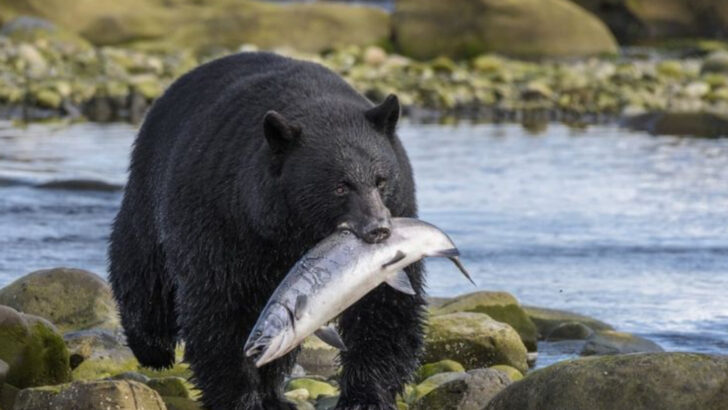Think bears are only roaming the wilds of Alaska and Montana? Think again! The United States is teeming with bear habitats, and some states you might never expect are home to these majestic creatures.
From dense forests to remote mountain ranges, bears are quietly making their presence known in a surprising number of states. While some areas are famous for their bear populations, others fly under the radar, offering you the chance to spot these magnificent animals in places you’d never imagine.
This post will take you through 16 U.S. states where bears thrive in unexpected places. Discover where to look, what kinds of bears call these regions home, and why these locations are prime bear territory. Ready to uncover the hidden bear hotspots?
Virginia

Virginia’s vast stretches of wilderness are home to a thriving population of black bears. These majestic creatures often roam through the dense forests and mountainous regions. If you venture into the Appalachian Trail or Shenandoah National Park, you might just spot one ambling along the pathways.
The state’s diverse ecosystem provides abundant food sources, making it an ideal habitat for bears. From berries to nuts, Virginia’s forests offer a buffet that keeps bears coming back.
Remember to maintain a safe distance and secure food supplies when exploring these areas to keep both you and the bears safe.
New Jersey
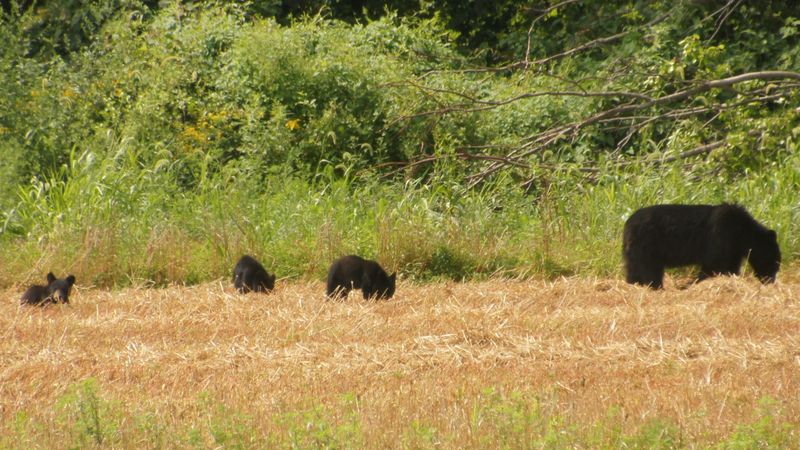
New Jersey might not be the first place that comes to mind when thinking of bears, but the state has a robust black bear population. These adaptable animals have been spotted in both rural and suburban settings, often rummaging through backyards.
With the increase in bear sightings, New Jersey has implemented management programs to ensure peaceful coexistence. The state’s northern forests provide a perfect sanctuary for these bears, offering a mix of cover and food sources.
It’s fascinating to see how these creatures have adapted to the changing landscapes, making them a common sight in certain areas.
Maryland
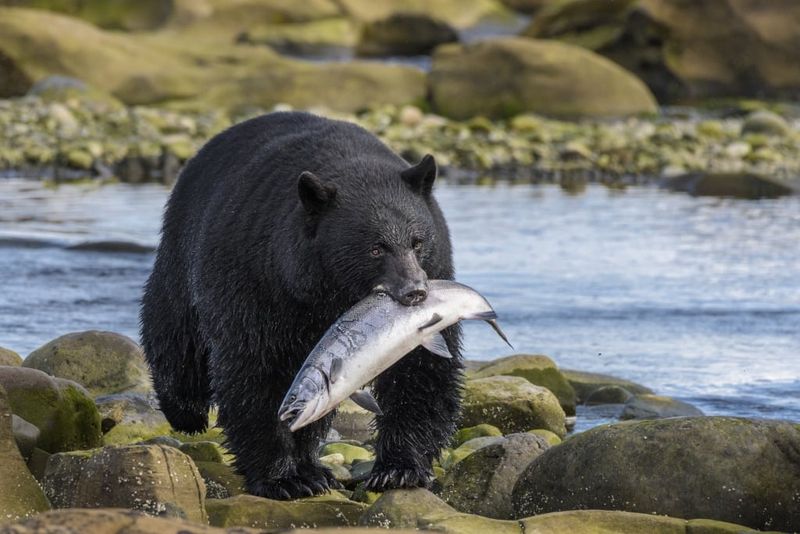
Maryland, with its charming landscapes, is a hidden gem for bear enthusiasts. The Catoctin Mountains are a particularly popular spot for black bear sightings. These bears often meander through the forests, especially during the early morning hours.
The state’s commitment to conservation has helped maintain a stable bear population. Maryland’s diverse flora provides ample food and cover, encouraging bears to thrive.
Visitors are encouraged to explore with caution, ensuring they respect the natural habitat and contribute to sustainable tourism efforts that benefit both wildlife and humans alike.
Connecticut
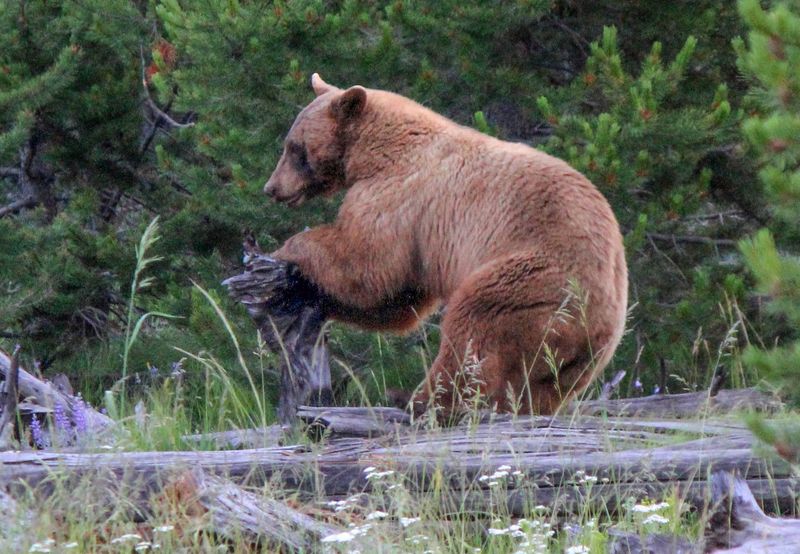
Connecticut’s picturesque woodlands are becoming increasingly known for their black bear population. These creatures are often seen against a backdrop of stunning fall foliage, adding a touch of wilderness to the serene landscape.
The state’s wildlife management efforts have been instrumental in supporting the bear population. By preserving natural habitats and promoting public awareness, Connecticut has become a sanctuary for these animals.
Hiking in the state’s parks during bear season can be a thrilling experience, offering a chance to witness these magnificent creatures in their natural environment, albeit from a respectful distance.
Massachusetts
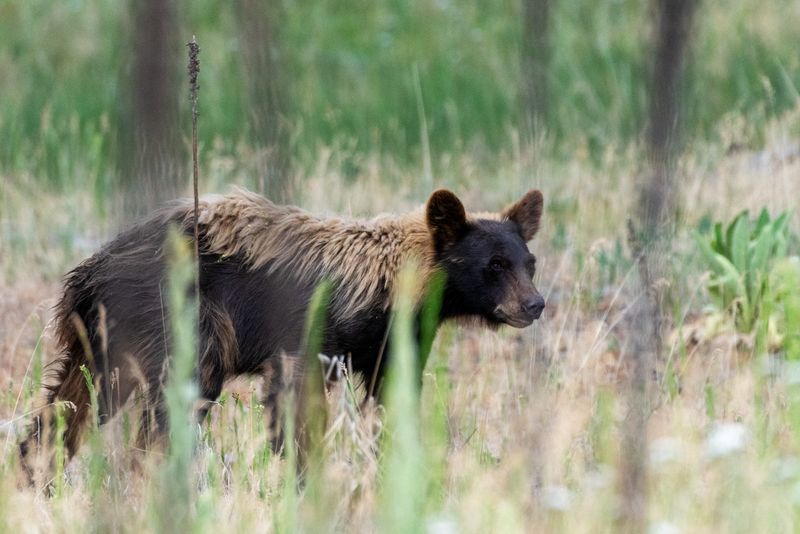
The forests and waterways of Massachusetts provide a haven for black bears. These animals are often seen fishing in the streams, making the most of the state’s abundant natural resources.
Massachusetts has been proactive in its wildlife conservation efforts, ensuring that the bear population remains healthy and stable. Educational programs help the public understand bear behavior, promoting peaceful coexistence.
Exploring the state’s natural parks offers the chance to see bears in action, especially near water sources where they search for fish and other aquatic treats, demonstrating their resourcefulness.
North Carolina
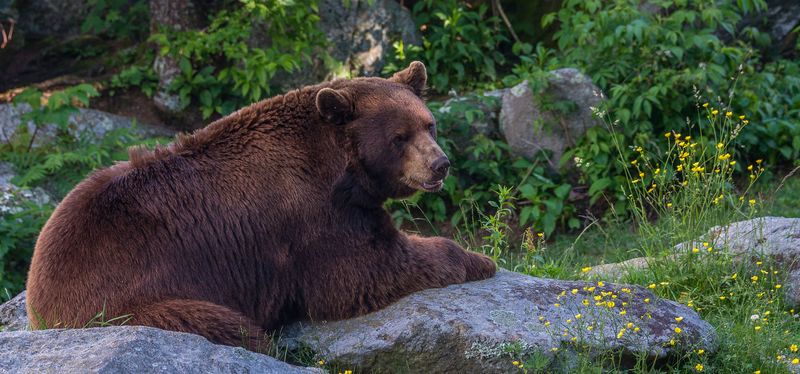
North Carolina is another state where black bears thrive, particularly in the Great Smoky Mountains. These ancient forests provide the perfect backdrop for bear watching, with a rich diversity of flora and fauna.
The state’s conservation efforts have been crucial in preserving these habitats, allowing bears to flourish. North Carolina’s commitment to wildlife education ensures that both locals and tourists can coexist with these majestic creatures.
For a true adventure, hiking through the Great Smokies offers unparalleled opportunities to spot these bears in their natural surroundings, just remember to tread lightly and respectfully.
Georgia
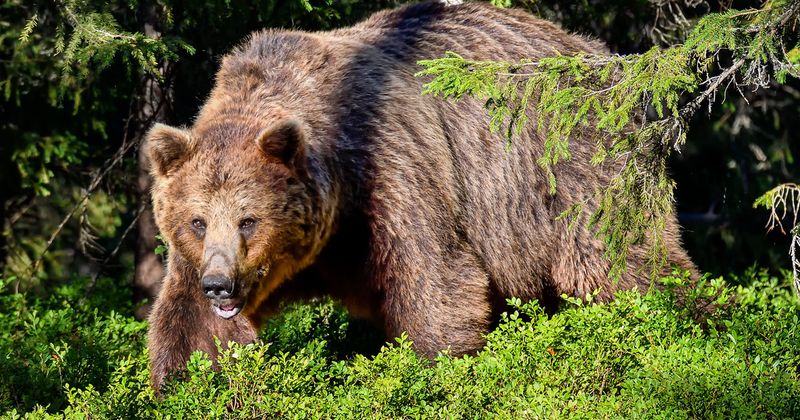
Georgia’s rich biodiversity supports a healthy population of black bears. These agile climbers are often seen ascending trees in the state’s expansive forests, searching for food or simply enjoying the view.
The Chattahoochee National Forest is a particularly popular bear habitat, offering dense cover and abundant food sources. Georgia’s wildlife initiatives have been key in maintaining the balance between nature and human development.
Visitors to Georgian parks are often encouraged to keep food supplies secure and practice bear safety, ensuring a peaceful coexistence and minimizing human-bear conflicts.
Vermont
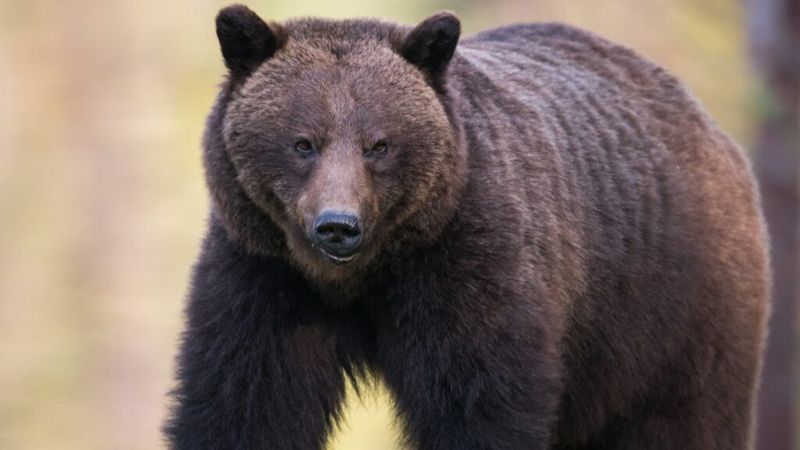
Vermont’s Green Mountains are a natural playground for black bears. These adaptable creatures are often seen navigating the snowy terrains during winter, showcasing their resilience in cold climates.
The state’s commitment to preserving natural habitats has ensured that bears have ample space to roam and forage. This thriving ecosystem supports a healthy bear population, drawing nature enthusiasts and photographers alike.
For those seeking a winter adventure, Vermont offers a unique opportunity to witness bears in a snow-covered landscape, a testament to their adaptability and the beauty of the natural world.
Minnesota
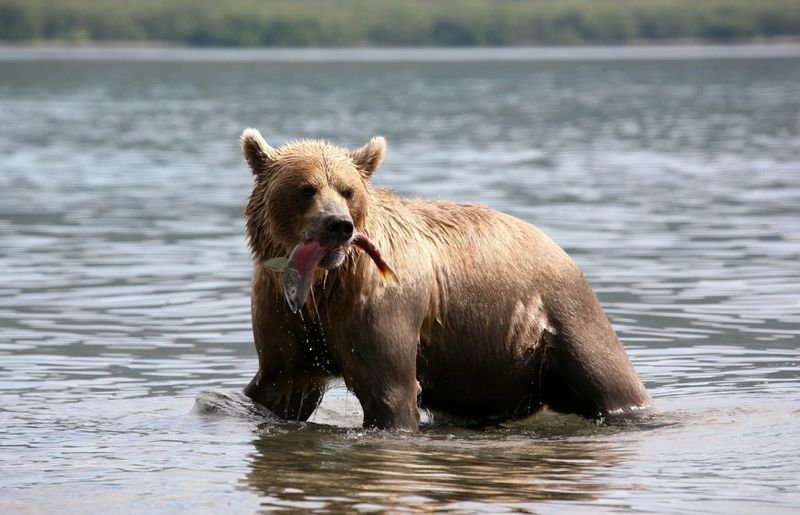
Minnesota’s boreal forests are a wonderland for black bears, especially during the vibrant autumn months. These forests provide a stunning backdrop for bear sightings, with their rich tapestry of changing leaves.
The state’s proactive approach to wildlife management ensures that bears and humans coexist peacefully. Educational programs and public awareness campaigns help minimize conflicts and promote understanding.
Exploring Minnesota’s forests in the fall is a visual feast, and with luck, you might catch a glimpse of a bear preparing for the winter, adding to the magic of the season.
Tennessee
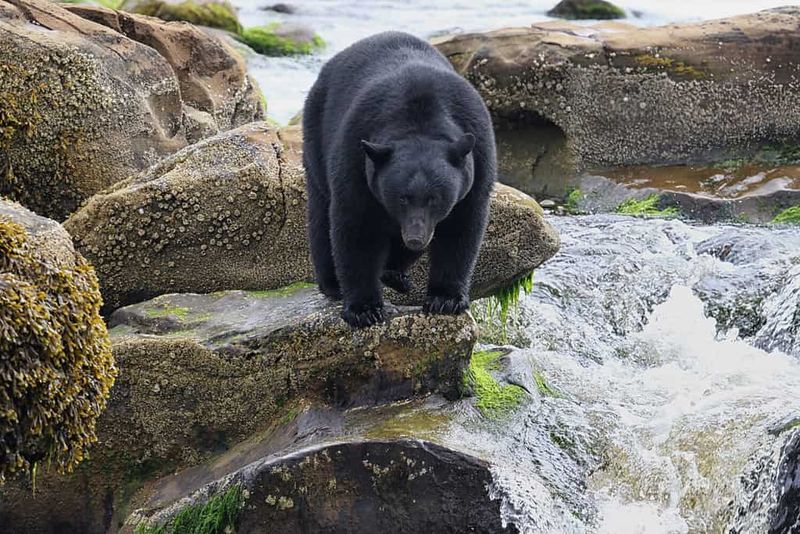
Tennessee’s Appalachian Mountains are a sanctuary for black bears, offering a lush and diverse environment for these magnificent creatures. The state’s commitment to preserving natural habitats has been crucial in supporting the bear population.
Programs that focus on wildlife education and conservation have helped minimize human-bear conflicts. Visitors to the region are encouraged to practice bear safety, ensuring a harmonious relationship between nature and humans.
With its breathtaking landscapes, Tennessee offers plenty of opportunities for bear watching, especially in the early morning or late afternoon when these creatures are most active.
New Hampshire
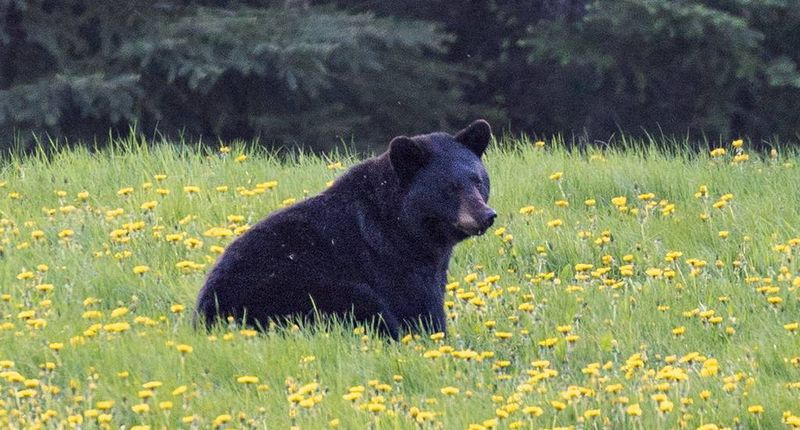
New Hampshire’s White Mountains are home to a vibrant black bear population. These animals thrive in the dense forests, where they find plenty of food and cover.
The state’s wildlife management programs have been instrumental in maintaining a healthy bear population. New Hampshire’s commitment to conservation ensures that these bears remain a vital part of the ecosystem.
Hiking through the White Mountains offers the chance to see bears in their natural surroundings, with stunning views and peaceful trails providing the perfect setting for nature enthusiasts and photographers alike.
Pennsylvania
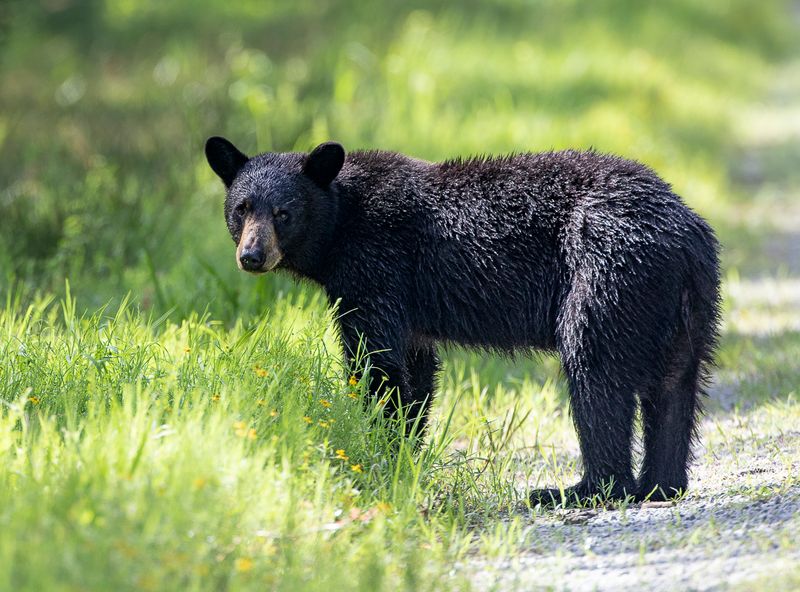
Pennsylvania’s Allegheny National Forest is a haven for black bears. These curious creatures are often seen exploring the lush undergrowth, adding to the region’s wild charm.
The state’s commitment to wildlife conservation has helped maintain a stable bear population. Educational programs and public awareness initiatives have fostered understanding and respect for these animals.
For those who love the great outdoors, Pennsylvania offers ample opportunities to encounter bears, especially during the warmer months when these creatures are most active, making the forest come alive with their presence.
Michigan
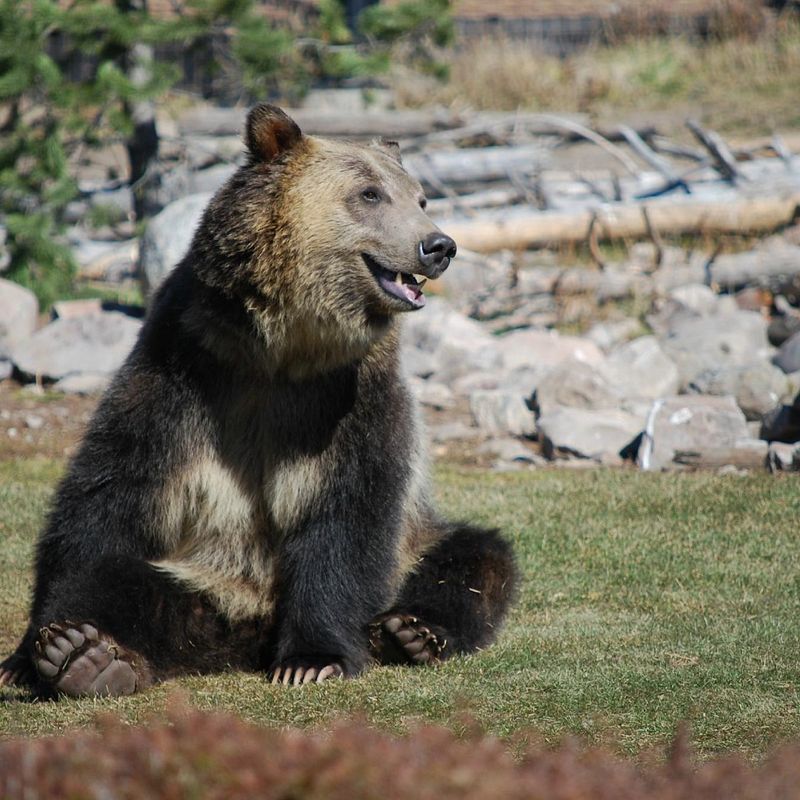
Michigan’s Upper Peninsula is a paradise for black bears, particularly during the spring when wildflowers bloom and food is plentiful. These bears are often spotted foraging in the abundant forests, enjoying the season’s bounty.
The state’s wildlife management efforts have played a crucial role in maintaining a harmonious balance between humans and bears. With vast tracts of wilderness, Michigan offers a sanctuary for these animals.
Exploring the Upper Peninsula in spring provides a chance to see bears in action, making it a favorite destination for those seeking a wild and beautiful adventure.
Wisconsin
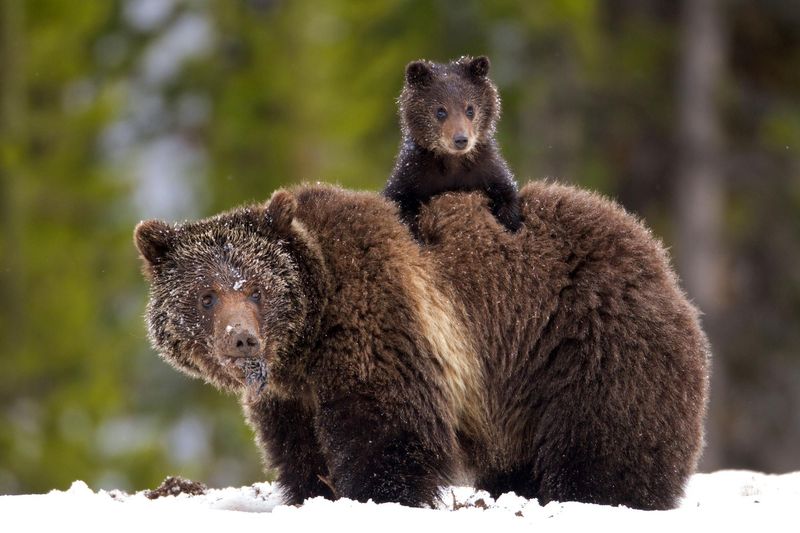
Wisconsin’s Chequamegon-Nicolet National Forest is a prime location for black bear sightings. These majestic creatures are often seen amidst the towering pines and dense undergrowth, a testament to the state’s rich biodiversity.
Conservation efforts have been key in supporting Wisconsin’s bear population, ensuring these animals thrive in their natural habitat. Educational campaigns promote awareness and safety, allowing humans and bears to coexist peacefully.
For nature lovers, a visit to this forest offers the chance to witness bears in their element, especially during the cooler months when they are more active, adding to the region’s allure.
South Carolina
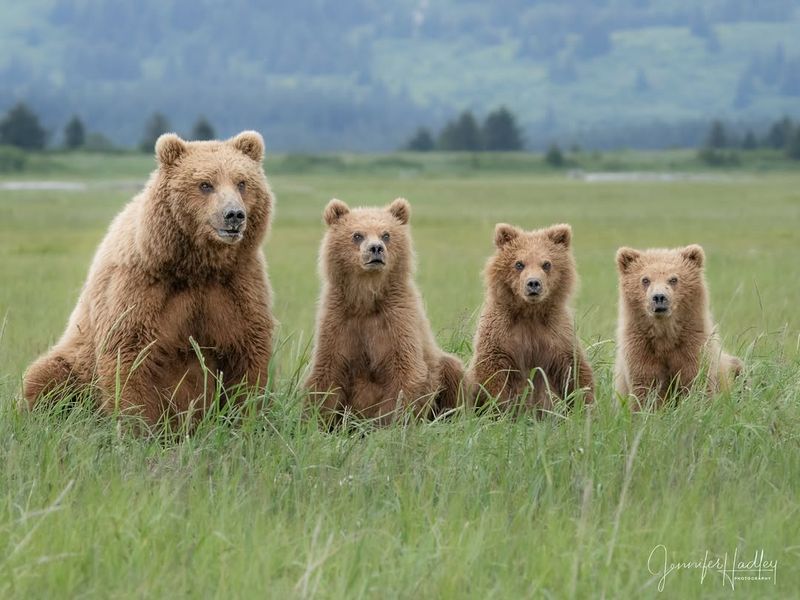
South Carolina’s Francis Marion National Forest is an unexpected hotspot for black bears. These bears navigate through the lush, swampy terrains, showcasing their adaptability to diverse environments.
The state’s conservation programs have been instrumental in preserving bear habitats, allowing these creatures to flourish. Public education initiatives emphasize safety and coexistence, fostering a positive relationship between humans and wildlife.
Exploring this national forest offers a unique glimpse into the lives of black bears, making it a fascinating destination for those interested in the state’s natural beauty and wildlife diversity.
Oklahoma
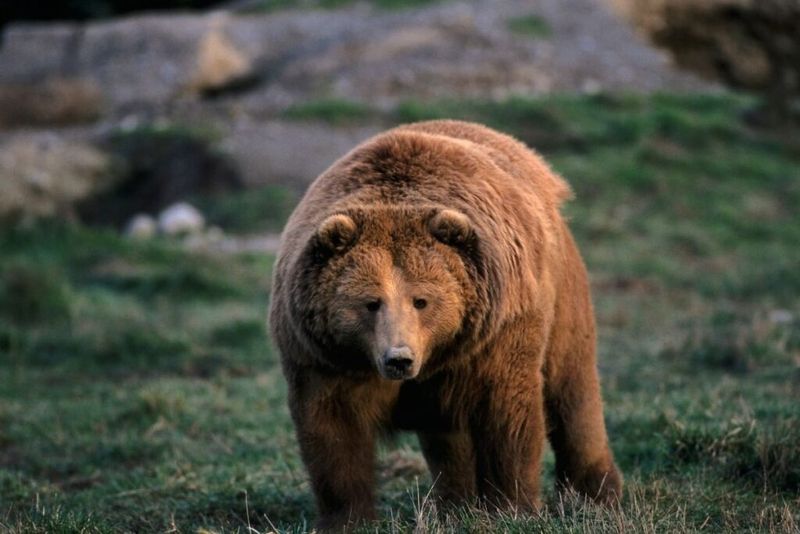
In the Sooner State, bears are making a subtle comeback. Oklahoma’s rolling hills and dense forests provide an unexpected refuge for these majestic creatures. Imagine walking through the serene woods near the Ouachita Mountains, and suddenly, a black bear appears, foraging among the vibrant autumn leaves.
Their presence is a testament to Oklahoma’s thriving ecosystems. While bears here might startle you, they’re generally shy and avoid human interaction. If you find yourself in their territory, respect their space and enjoy the beauty of nature from a safe distance.
Interestingly, bear sightings in Oklahoma are becoming more frequent as conservation efforts continue to pay off.

